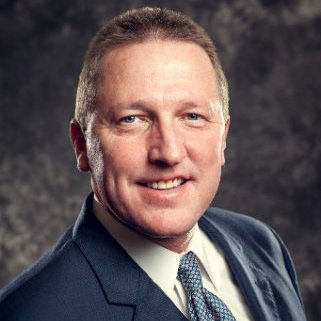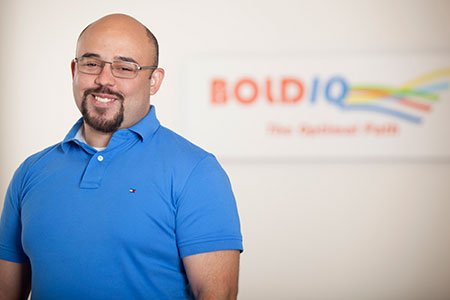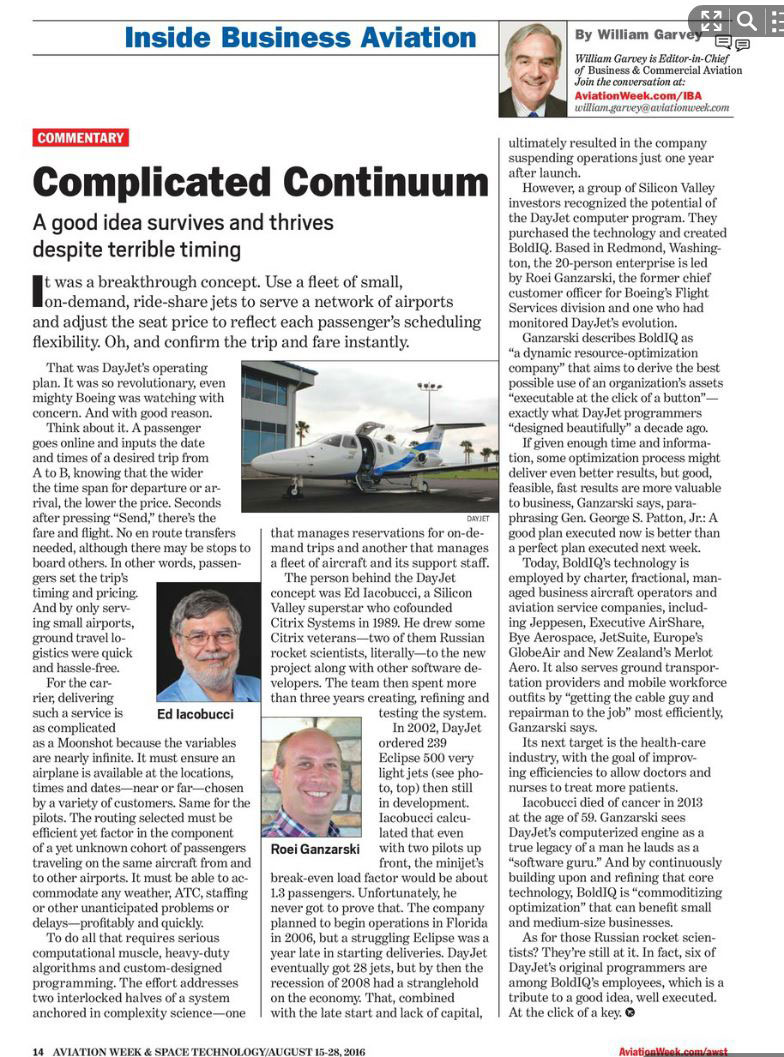BoldIQ featured in PSBJ story about tech hiring
89 people entered. Only 5 got hired [2 by BoldIQ]. Here’s why the WTIA still says this jobs program was successful. By Ashley Stewart.
Roei Ganzarski has interviewed a lot of people.
He’s CEO of BoldIQ, a scheduling software company. The Bellevue startup requires employees to have deep technical knowledge, which is why Ganzarski typically hires MIT, Stanford and University of Washington graduates.
When Ganzarski interviewed job candidates earlier this year through a new program put together by the Washington Technology Industry Association, however, there was a new rule – he couldn’t ask where they went to school.
Instead, he and all the other business leaders who participated had to decide whether to move forward based only on what the candidate said and the skills he or she had.
Modeled after the NFL, WTIA launched the “Draft Day” pilot program to help Seattle-area companies fill open jobs with candidates from nontraditional backgrounds. The goal of the program was to compel recruiters to judge a job prospect’s skills, not their alma mater.
One candidate – U.S. Army veteran Daniel Browning – spent a few minutes telling Ganzarski about his computer networking background, which included teaching people in Afghanistan.
“I thought if he could teach computer networking to a bunch of Afghanis in a war zone, I bet he could do well here,” Ganzarski said. “If he told me then he went to MIT, I would have believed him de de s.”
But Browning didn’t go to MIT. He didn’t go to a university for computer science at all.
He graduated from Code Fellows, a computer science bootcamp that teaches fundamental skills in weeks, not months. Ganzarski’s reaction is the desired effect of a recent Washington Technology Industry Association program aimed toward eliminating school bias.
Code schools — some of which are nonprofits, others are for-profit programs — have the potential to mitigate the profound lack of diverse technology talent in the Puget Sound region. The number of students graduating from code schools is on the rise. Code.org, for example, is No. 60 on the PSBJ’s nonprofit list and launched only a few years ago.
Still, technology companies want to hire computer science graduates from the same top schools, which have fewer women, people of color and veterans in their graduate ranks.
The nonprofit WTIA reached out to educators from coding schools and community and technology colleges to nominate recent graduates for the program. Nearly 90 were nominated and coached through a “Training Day” skills workshop.
Ultimately, the group selected 16 candidates – including 10 women, six people of color and two veterans – for short, speed-dating-style interviews with local companies including Uber, Redfin and SweetLabs.
Seven students received job offers and five accepted. Samantha Prince – the full-stack developer featured in the July 8 PSBJ cover story “Coders are in demand. So why aren’t tech companies hiring code school grads?” – is one of the graduates who now has a job because of the program. She was hired by Bellevue startupBase2 Solutions, which hired three women who participated in Draft Day.
Draft Day wasn’t perfect and not all code school and community college computer science graduates are ready for jobs. Most of the nominees – the people recommended by code schools and community colleges – weren’t prepared for an interview.
Ultimately, less than 6 percent of the original participants have jobs because of the program. But WTIA still counts Draft Day as a success because recruiters learned good talent can come from anywhere.
“Those students weren’t getting interviews,” WTIA CEO Michael Schutzler said. “We can get them interviews now, and that’s truly inspiring and motivating.”
WTIA plans to revisit the program, with a few changes, including focusing on particular workforce demands.
The idea for the program came out of an annual event that brings together companies, government and academia to tackle the state’s technology challenges, which happens again this fall.
Before Draft Day, Ganzarski said he didn’t think code school graduates would be right for his company.
Then, BoldIQ hired two Draft Day participants, including Browning, and Ganzarski said they’ve exceeded his expectations.
“We went into this looking at it like we were giving them an opportunity,” Ganzarski said. “What we found was they have tremendous skill, capability and passion for what they are doing and they’ve been able to achieve even more than we would have expected from any hire, even a brand name school.”









